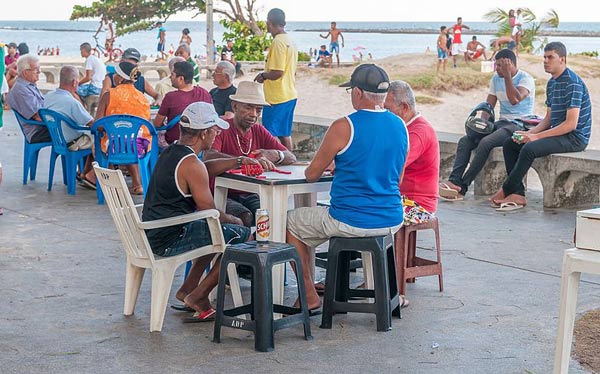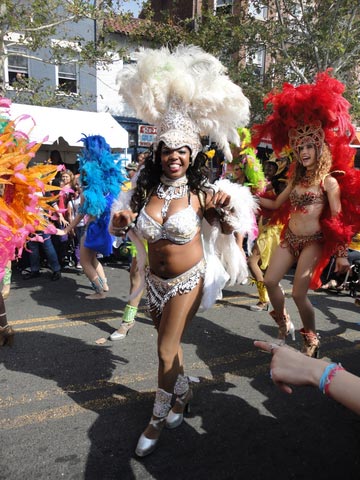The first European immigrants to Brazil were of Iberian origin, primarily Portuguese. Some Portuguese settlers were of Jewish or Moorish origin but most of them had converted to Christianity. There were also some Dutch immigrants to the Northeast in the sixteenth and seventeenth centuries. The Portuguese intermarried with the Amerindian population, which was decimated by conflict and disease.
During the colonial period, after Indian slavery proved difficult to enforce, the colonists imported hundreds of thousands of slaves from Africa for labor on the sugar plantations, in the mines, and later on coffee plantations.
Read | 35 Brazilian Quotes and Wise Sayings
At first, slaves outnumbered the white settlers in many areas, but the balance eventually changed because of their high mortality and low fertility. However, as slavery became economically and politically less feasible after 1850 and the British blocked the slave trade, Italian immigrants began replacing the slaves on coffee plantations in São Paulo. During the same period, settlers from Europe, primarily Germany, Italy, and Poland, established farming colonies in parts of the South.
Brazil’s racial mix was made more diverse with the arrival of Japanese and Middle Eastern immigrants in the early twentieth century. At first, the Japanese worked in agriculture in São Paulo and the Amazon, while the Lebanese, Turks, and Syrians became involved in commerce in many parts of the country. During the 1900s, the Japanese descendants, who constitute the largest community of Japanese outside of Japan, except for Hawaii, became primarily urban residents, especially in São Paulo. In the 1970s, intermarriage with non-Japanese became common.

As emphasized by anthropologists such as Gilberto Freyre and Darcy Ribeiro, all the racial and ethnic groups that arrived in Brazil intermingled and intermarried, with few exceptions. This led to increasing mixtures of all possible combinations and degrees. Many individuals are, therefore, difficult to classify in racial terms. Questions on color were included in the demographic censuses of 1940, 1950, 1980, and 1991. Although the answers involved self-classification and may not have been objective, it was clear that the proportion of blacks decreased while that of mulattoes increased. There was a simultaneous process of “whitening.” The self-declared proportions in 1991 were 55.3 percent white, 39.3 percent mulatto, 4.9 percent black, and 0.6 percent Asian.
Because of the lack of a clear color distinction and a strong cultural tradition of tolerance and cordiality, as well as longstanding explicit laws against racial discrimination, Brazil has been touted as a “racial democracy.” However, “racial democracy” is a myth. There is a very strong correlation between light color and higher income, education, and social status. Few blacks reach positions of wealth, prestige, and power, except in the arts and sports. Although discrimination is usually not explicit, it appears in subtle forms: unwritten rules, unspoken attitudes, references to “good appearance” rather than color, or simply placing higher value on individuals who are white or nearly white.
In the 1960s, black consciousness began to grow, although the very lack of a clear color line in biological or social terms weakened racial solidarity of the nonwhite population. The prevailing notion that Brazil was a “racial democracy” also made it easy to dismiss black movements as un-Brazilian. For the most part, the movements did not press for changes in government policy, which was already officially against racial discrimination. Instead, they emphasized racial pride and the struggle against subtle forms of discrimination and the often covert violence to which blacks were subject.
Source: U.S. Library of Congress
Join our mailing list for your free monthly newsletter

